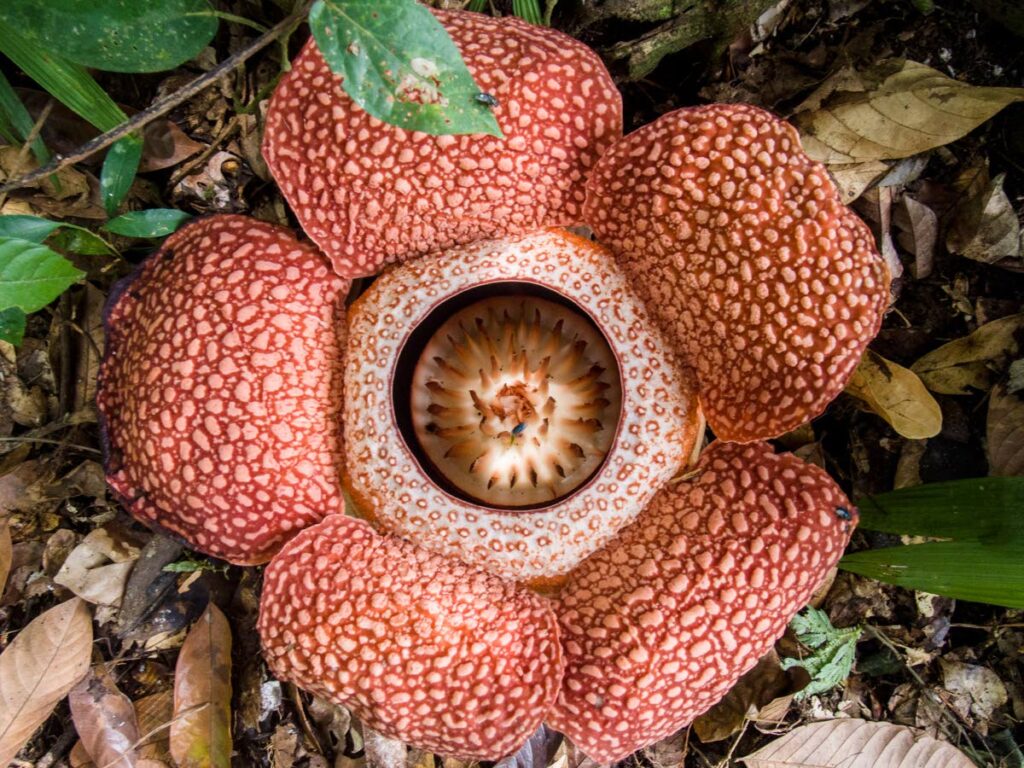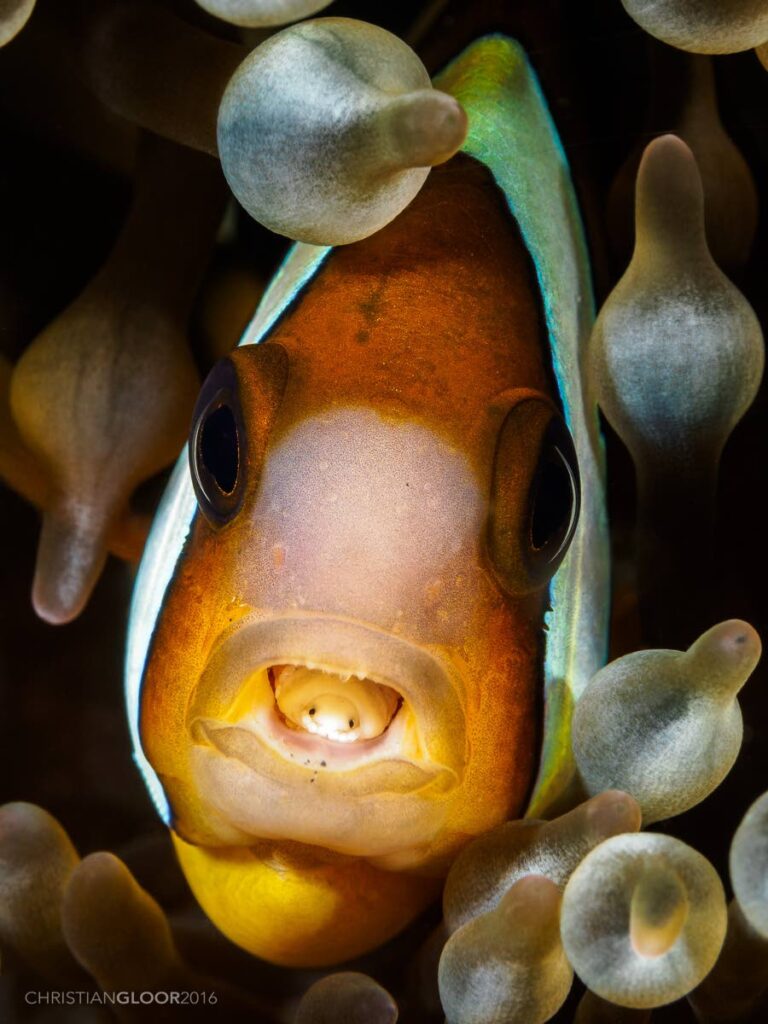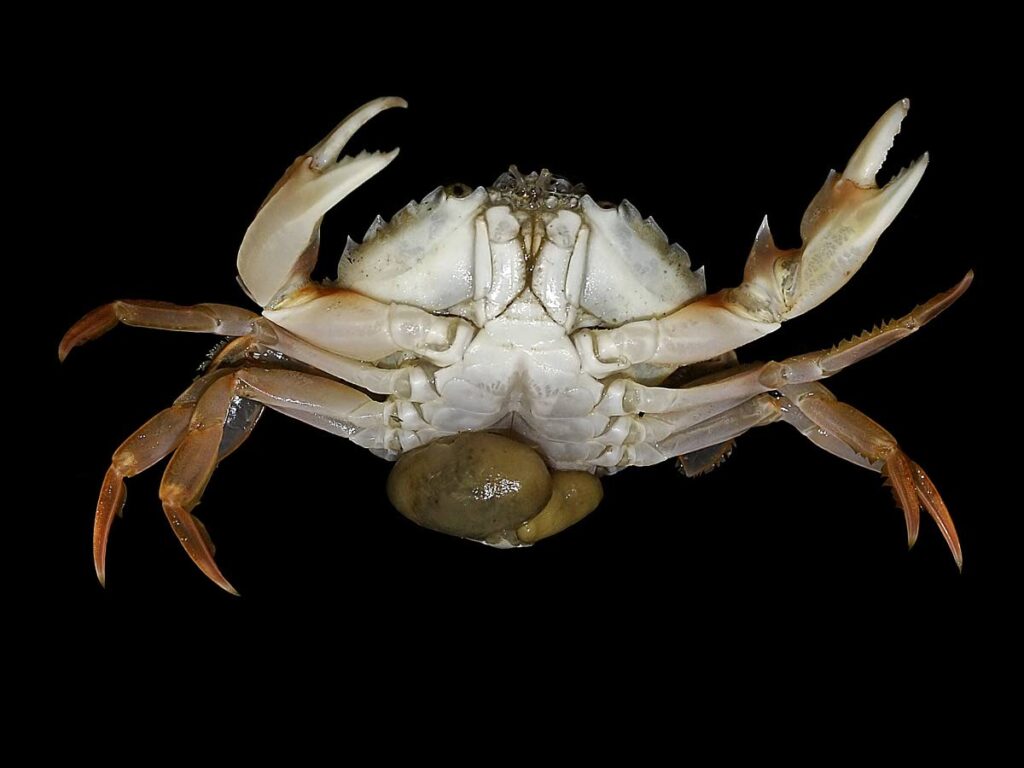Strange as fiction

Is it possible that a fungus could infect humans and over-run the world, like the cordyceps in the current hit TV series The Last of Us? Anjani Ganase discusses some fantastic parasites and where they are found.
We live in a weird and wonderful world of survival by any means necessary. Some organisms form symbiotic bonds, working together for survival. Some relationships are parasitic where one is robbed of its resources by another. Parasites occur across all the kingdoms. Here are a few parasites that have creatively mastered the art of survival.
Non- photosynthetic (parasitic) plants
Sounds like an oxymoron, but did you know that there about 3,000 species of parasitic plants in the world, making up about one per cent of the flowering plants clade. They are common to tropical forests around the world. Plants hold up the global food chain by directly harnessing sunlight and converting it into food in the process known as photosynthesis. However, the mechanisms of evolution have led to exceptions that evade the rule.
Biodiverse forest ecosystems are brutal places for survival where every surface is filled and every ray of sunlight is captured. Under very dimly light canopies, this group of plants evolved to avoid competing for light by tapping into ready-made food sources. They extract directly from the vascular systems of other plants using a special structure called a haustorium which allows them to bore into the tissues of the host plants undetected.
Many non-photosynthetic plants are obligate parasites, so there is no need to store chlorophyll in the tissues, and many are not green but are a variety of other colours including red, yellow and white. Other parasitic plants may carry out some photosynthesis but still rely on parasitism to extract nutrients. Some examples of parasitic plants include the dwarf mistletoe, and the corpse flower (Rafflesiaceae family) found in the tropical forests of Indonesia.
The corpse flower is the world’s largest flower – about one metre in diameter and weighing up to 11 kilogrammes. The flower releases an odour like rotting flesh to attract flies for pollination while stealing food from the tetrastigma vine.
The marine louse that identifies as a tongue

The tongue-eating louse (Cymothoa exigua) is a parasitic isopod that makes its way into the mouth of fish, and unceremoniously removes the fish’s tongue by cutting a major artery to constrict blood flow. When the tongue falls off, the louse then latches on the stub of the tongue filling the space of the tongue to feed off the saliva of the fish. Male Cymothoas may enter the mouth through the gill slits and once attached can undergo a sex change and become female, thereby growing to a large size – up to three centimetres. These isopods are widespread in the warmer waters of the Atlantic Ocean and Gulf of California.
Zombie ant fungus
The Last of Us HBO series about a fungus that infects humans, takes over their bodies and turns them into zombies has placed a spotlight on the parasitic traits of a specific group of fungi. Occurring in the tropics, the fungus Ophiocordyceps unilateralis would release spores to infect and control ants. The fungus feeds on the insides of the infected ant, while leaving the brain intact. The fungus directs the ant to move and climb to an elevated spot on a tree branch for example, where the ant will eventually die and the fungus would release its spores from the elevated vantage point to infect other ants. While experts do not expect any zombie apocalypse from fungus, they acknowledge the adaptation of fungus to warming conditions. They claim that it is unlikely that the species would evolve to control other organisms.
Barnacle mind control

Talking about zombie fungi, do you know that there are zombie barnacles? Sacculina is a species of barnacle that infects green crabs to manipulate their behaviour. Found commonly in the Western Europe and North African coasts, the barnacle typically attaches to the abdomen of the crab and extends a stylet (a sharp piercing organ) into the crab to burrow itself into the crab. Eventually a root system invades the crab on the inside. While alive, the female crab behaves as if the barnacle is a sac of eggs on the abdomen; she takes care of the barnacle parasite, flushing it and protecting it.
The parasites also cause the gonads to atrophy thereby preventing certain sexual characteristic from developing in maturing crabs. Male crabs infected by the barnacle are likely to develop female characteristics and also think they’re carrying eggs and try to protect them.
Behaviour altering toxoplasma parasite
Toxoplasma gondii – a single celled parasite – affects about three billion people even though humans are only an intermediary host, and it must infect cats in order to reproduce. Humans are often infected by eating undercooked meat contaminated with cat faeces. Infections in humans are likely to have benign symptoms (swelling in the back of the eyes). However, there may be some exceptional severe reactions in pregnant and immunocompromised people. In some cases, there may be some alteration in behaviour associated with risk. Studies have shown that toxoplasmosis may be associated with episodes of schizophrenia, attempted suicide and even risky driving. However it was also associated with entrepreneurial activity on the assumption that the fear of failure is suppressed and the inclination to risky behaviour is promoted.
In a warming world, as climate changes and oceans rise, who knows what opportunistic organisms are waiting to feed off the more successful species? Hasn’t history shown that in the survival games, the mighty ones fall and the miniscule survive?


Comments
"Strange as fiction"